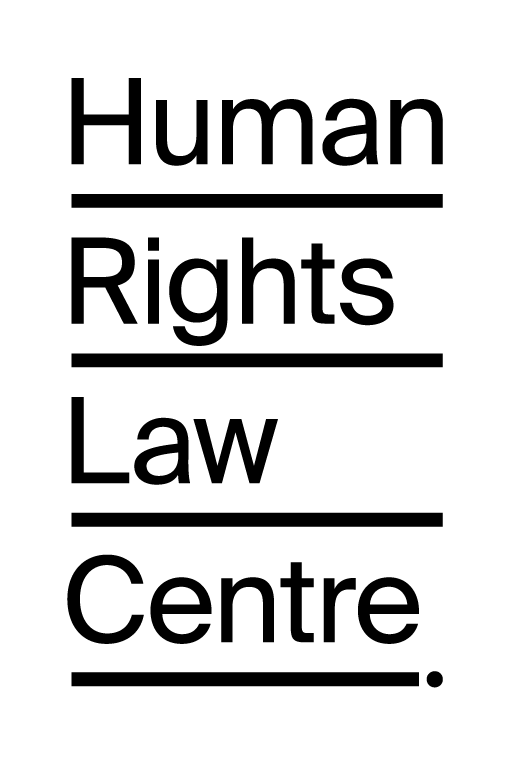A Real Walk for Justice
If I were Australia’s Attorney General for the day, I would begin the day with a walk for justice – a real one, taking in the sights and sounds of some of our most disadvantaged communities. I would begin in the Alice Springs Town Camps and would spend the time talking to the Aboriginal people there and asking them how the Intervention is really affecting them and what they would have Government do to assist them.
Second on the itinerary would be some of the neighbourhoods identified in the Dropping Off the Edge: the Distribution of Disadvantage in Australia report – a joint project of Catholic Social Services and Jesuit Social Services, which maps national disadvantage and which found that just 1.7 per cent of postcodes and communities across Australia account for more than seven times their share of top rank positions on the major factors that cause intergenerational poverty. I would visit some of these people and ask them what their needs are and what they think can be done to address the high levels of crime and imprisonment that result from the unemployment, low income and low health that plague them.
Next would be the waiting rooms of our Children’s Courts, lower courts and Family Courts – the areas where the unlucky people who appear before our courts sit and tremble before their encounter with our justice system. I would speak with these people and ask them what brought them there and what could have been done to prevent them needing to appear before a judge.
Finally, I would visit some schools – primary schools, high schools, schools in rich areas and in poor, minority schools, special needs schools and Indigenous schools and I would find out what civic education looks like in those schools and what the kids there think of government, of the law and of justice.
After this walk for justice I would go back to my office and call together smart people, social justice minded people, creative thinkers and people who make things happen. I would banish political advisers, risk managers and bean counters. Together we would map out actions that would respond to the needs of the people who had spoken to me. We would develop plans in direct response to what they said was needed.
These might include a robust national bill of rights, more funding for access to justice for the disadvantaged, more civic education programs, more court diversion and alternate dispute resolution. It would be very likely to include reintroduction of the Racial Discrimination Act with respect to the Northern Territory Intervention. However, I cannot be certain of any of those outcomes, as they will depend on what I find people want and need.
When we were finished developing the ideas fully (a quick business in this parallel universe) I would call in my media spokesperson and tell her to blitz television, radio and print media with interviews and statements of me announcing in great detail every aspect of the new programs, all of which would commence immediately. I would make sure to tell every interviewer that these were core undertakings.
Nicky Friedman is Head of Pro Bono and Community Services with Allens Arthur Robinson
